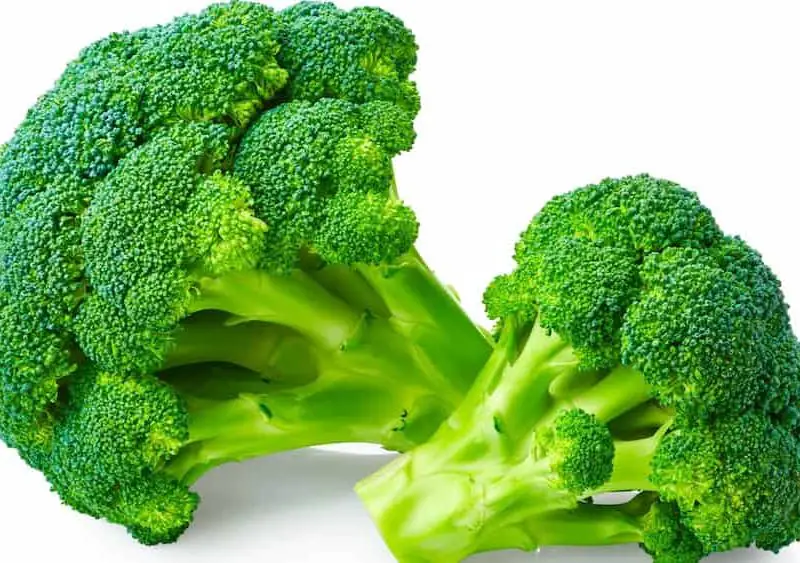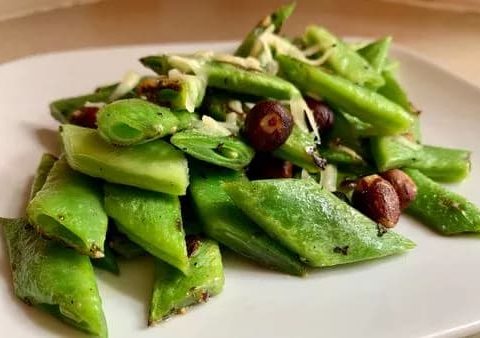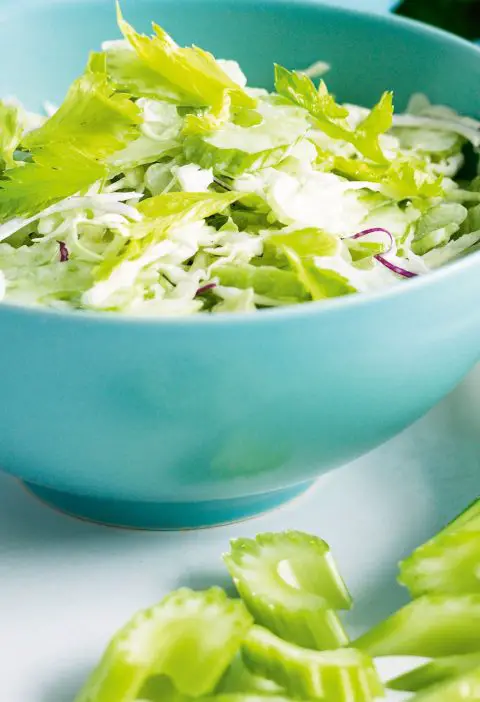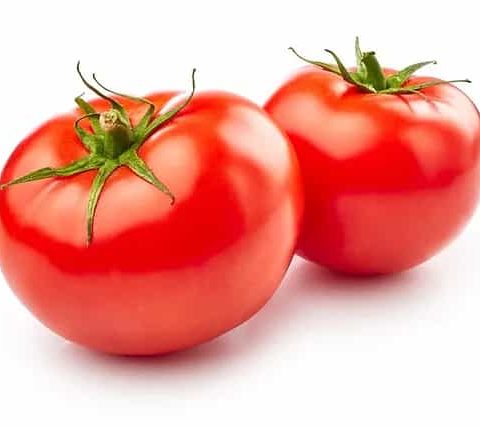Broccoli is a green vegetable that belongs to the Brassica oleracea species, along with cabbage, cauliflower, kale, and Brussels sprouts. It has a thick stem and a cluster of tiny flower buds that form a head resembling a miniature tree. Broccoli is native to the Mediterranean region and Asia Minor and has been cultivated since ancient times. Broccoli is a nutritious and versatile vegetable that can be eaten raw or cooked in various ways.
How to Prepare Broccoli
Before cooking or eating broccoli, you need to wash it well and trim off any tough or damaged parts. You can cut the broccoli into smaller florets by slicing through the stem of each bunch. You can also peel and chop the stem into bite-sized pieces, as it is edible and rich in fiber. Some people prefer to remove the outer layer of the stem, as it can be tough and bitter. To do this, you can use a vegetable peeler or a paring knife.
How to Cook Broccoli
There are many methods to cook broccoli, depending on your preference and the dish you are making.
Here are some of the most common ways to cook broccoli:
Broccoli is a nutritious vegetable that can be prepared in many tasty ways. The cooking method you choose will impact the texture and flavor. Follow these simple steps for cooking broccoli perfectly every time:
Steaming
Steaming is a healthy cooking method that preserves nutrients and color.
- Chop broccoli florets into bite-sized pieces and cut the stems into medallions.
- In a pot with a steamer basket, bring 1-2 inches of water to a boil.
- Add broccoli, cover, and steam for 5-7 minutes until crisp-tender.
- Season with salt, pepper, lemon juice, or melted butter.
Roasting
Roasting caramelizes the natural sugars in broccoli, producing a delicious, crispy texture.
- Toss broccoli florets and chopped stems with olive oil, salt, and pepper.
- Spread on a baking sheet in a single layer.
- Roast at 425°F for 15-20 minutes, flipping halfway through.
Sauteing
Sauteing broccoli in oil or butter adds bold flavor.
- Heat oil in a skillet over medium-high heat.
- Add garlic, onion, or other aromatics and cook for 1-2 minutes.
- Add broccoli and a splash of broth. Cover and steam for 3-5 minutes until bright green.
- Uncover and continue cooking until broccoli reaches the desired tenderness.
- Stir in desired seasonings, cheese, or sauce.
Follow these simple methods for enjoying broccoli’s great taste and nutritional benefits. Adjust cooking times as needed for your preferred texture.
Benefits of Broccoli
Broccoli is packed with vitamins, minerals, and potent plant compounds that provide a wide range of health benefits. Here are some of the top reasons to add more broccoli to your diet:
- Excellent source of antioxidants like vitamins C and E, beta-carotene, lutein, and zeaxanthin. These help neutralize damaging free radicals and inflammation.
- Contains sulforaphane, a plant nutrient that boosts detoxification and has anti-cancer properties.
- Rich in fiber, which promotes healthy digestion and gut microbiome balance. Fiber also helps reduce cholesterol.
- Provides high levels of vitamin K, critical for blood clotting and bone health.
- Good source of folate, an essential B vitamin that aids cell growth and heart health.
- Packed with potassium, which regulates blood pressure and counters sodium.
- Has anti-viral and anti-bacterial properties that support immune function.
- Phytonutrients may help regulate blood sugar and insulin levels.
With its stellar nutrient profile, broccoli is one of the most beneficial superfoods you can eat. Adding it regularly supports whole-body health and lowers disease risk.
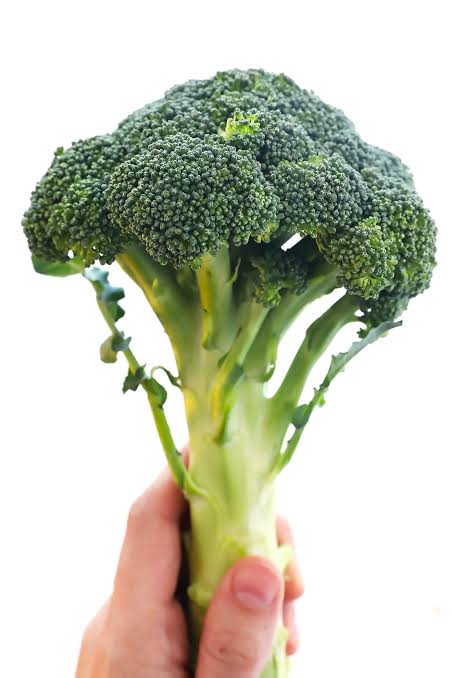
How to Store Broccoli
Properly storing broccoli preserves freshness and maximizes shelf life. Follow these simple guidelines:
Refrigerating
- Place unwashed broccoli in a perforated plastic bag in the refrigerator crisper drawer.
- Broccoli will stay fresh for up to 5 days.
Freezing
- Wash and chop broccoli into desired sizes.
- Blanch in boiling water for 2-3 minutes until bright green.
- Shock in an ice bath to stop cooking. Drain well.
- Spread pieces in a single layer on a baking sheet and freeze solid.
- Transfer frozen broccoli to freezer bags or airtight containers.
- Frozen broccoli keeps for 8-12 months.
Drying
- Wash broccoli and cut into small florets.
- Arrange in a single layer on dehydrator trays.
- Dehydrate at 125°F for 6-8 hours until completely dried.
- Let cool and transfer to an airtight container.
- Dried broccoli lasts up to one year stored in a cool, dry place.
Follow proper storage guidelines to maximize broccoli’s shelf life. Refrigeration preserves freshness for several days while freezing and drying allow long-term storage.
Conclusion
Broccoli is a wonderful vegetable that can enhance your health and your meals. Whether you eat it raw or cooked, you can enjoy its many benefits and flavors. Try adding some broccoli to your diet today and see how it makes you feel.
Top Broccoli Recipes to Try
- Delia Smith Broccoli and Stilton Soup
- Mary Berry Broccoli and Stilton Soup
- Salmon and Broccoli Quiche Mary Berry
Source:

